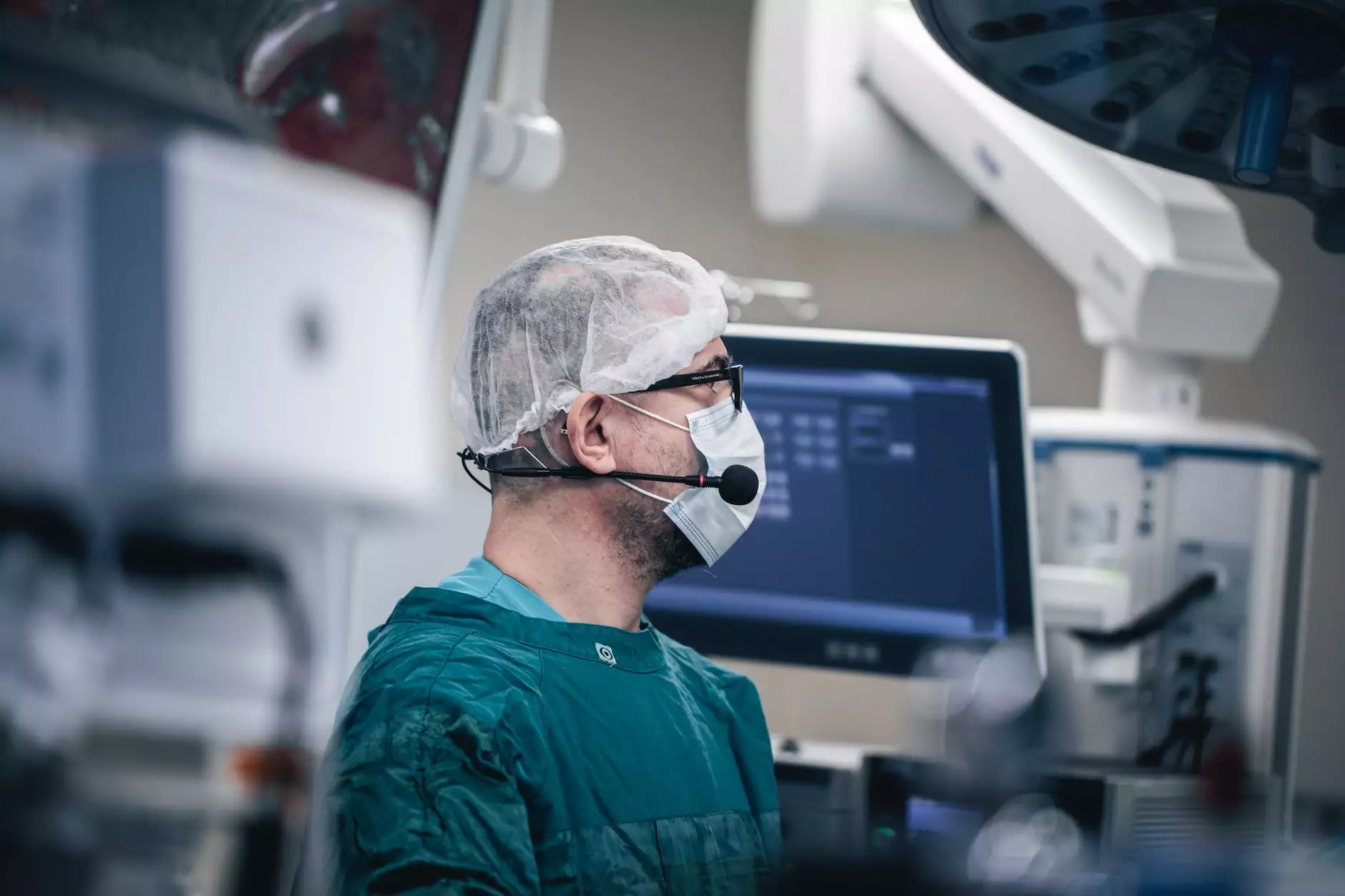Vascular Malformations: Types and Treatment

Welcome to the informative page on vascular malformations and their various types and treatment options provided by Foley James D MD, a trusted name in the healthcare industry.
Understanding Vascular Malformations
Vascular malformations are abnormal formations of blood vessels that occur during fetal development. They are non-cancerous growths caused by errors in the vascular system's development. These malformations can affect any part of the body and are usually present at birth. They can vary in size, location, and appearance.
It is crucial to differentiate vascular malformations from vascular tumors, as the treatment approaches differ. While malformations are characterized by structural abnormalities in blood vessels, tumors involve the abnormal proliferation of blood vessels.
Types of Vascular Malformations
There are several types of vascular malformations, each with its unique characteristics and treatment considerations. Let's explore some of the common types:
1. Capillary Malformations (Port-Wine Stains)
Capillary malformations, commonly known as port-wine stains, are flat, pink, or purple birthmarks that primarily affect the skin. These malformations occur when there are abnormally dilated blood vessels in the top layers of the skin. While they are typically harmless, port-wine stains can cause cosmetic concerns and may require treatment for their removal.
2. Venous Malformations
Venous malformations involve the abnormal development of veins, resulting in the formation of poorly formed, dilated, or tangled veins. They can be deep or superficial and may expand over time. Depending on their location, venous malformations can cause symptoms such as pain, swelling, or disfigurement. Treatment options include sclerotherapy, surgery, or a combination of both.
3. Arteriovenous Malformations (AVMs)
Arteriovenous malformations are complex anomalies that occur when there is a direct connection between arteries and veins, bypassing the capillary network. AVMs can occur in various parts of the body, including the brain, spine, or limbs. They can cause significant health risks, including bleeding, pain, and neurological symptoms. Treatment options for AVMs depend on their location and size. Interventions may involve embolization, surgery, or radiation therapy.
4. Lymphatic Malformations
Lymphatic malformations involve an abnormal proliferation of lymphatic vessels, leading to the formation of fluid-filled cysts or masses. These malformations can affect different organs, such as the neck, face, or chest. Treatment options include drainage procedures, sclerotherapy, or surgery, depending on the size and location of the malformation.
5. Arteriovenous Fistulas (AVFs)
Arteriovenous fistulas are abnormal connections between arteries and veins without the presence of capillaries. This direct communication leads to abnormal blood flow patterns and can cause swelling, pain, and functional impairments. Treatment options for AVFs may include embolization or surgery, aiming to redirect the blood flow and restore normal circulation.
Treatment Options for Vascular Malformations
The treatment of vascular malformations depends on various factors, such as the type, size, location, and symptoms associated with the malformation. A multidisciplinary approach involving a team of healthcare professionals, including interventional radiologists, vascular surgeons, dermatologists, and more, is often necessary to provide comprehensive care.
Treatment options can include:
- Sclerotherapy: Involves the injection of a medication into the malformation to shrink and close the abnormal blood vessels.
- Embolization: Involves the insertion of tiny particles or a special glue-like substance into the malformation to block the abnormal blood flow.
- Surgical Excision: Involves surgically removing the malformation, especially when it is accessible and smaller in size.
- Laser Therapy: Utilizes focused laser beams to target and destroy the abnormal blood vessels, commonly used for superficial malformations like port-wine stains.
- Compression Garments: Can be used in some cases to manage symptoms and reduce the appearance of certain malformations.
Each treatment option has its own advantages and considerations, and the choice of treatment depends on a thorough evaluation by a healthcare professional.
Trust Foley James D MD for Comprehensive Care
Foley James D MD is dedicated to providing high-quality healthcare to medical professionals and patients, specializing in the diagnosis, treatment, and management of vascular malformations. With extensive expertise and advanced technologies, Foley James D MD ensures precise diagnosis and personalized treatment plans tailored to each patient's unique condition.
Contact us today to schedule a consultation and learn more about vascular malformations and the treatment options available to you. We are committed to improving the health and well-being of individuals suffering from vascular malformations.




